(18846 products available)


















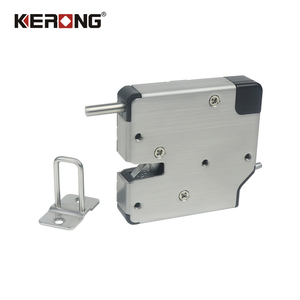
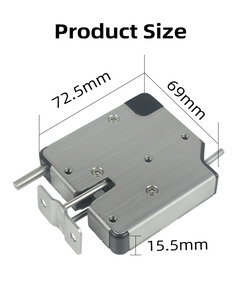
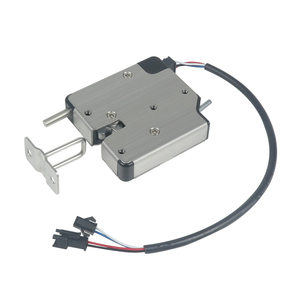
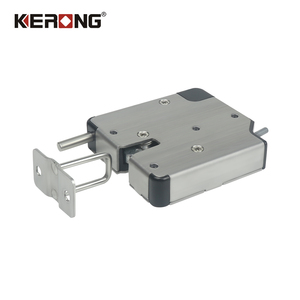
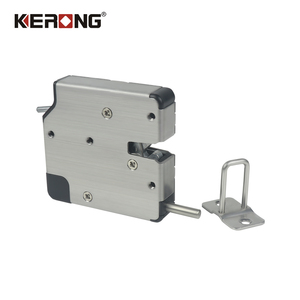
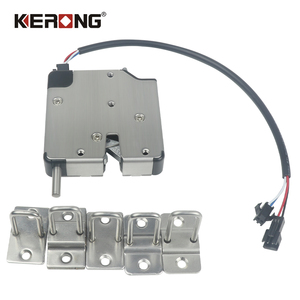















































































































































































The electronic lock motor is the main component of an electronic lock. An electronic lock motor controls the locking and unlocking of a mechanism. It is designed to provide security, convenience, and access control. Electronic lock motors are used in various applications, such as residential properties, commercial buildings, and secure facilities.
Electronic lock motors are various types. They include the following:
Electronic lock motors are critical components in various security and access control systems. Here are some key application scenarios:
Access Control Systems
Electronic lock motors are essential for modern access control systems, including RFID card readers, keypad entry systems, and biometric scanners. In these applications, the lock motor activates the locking mechanism when authorized personnel present an access credential or input the correct code, allowing secure yet convenient access to restricted areas. These lock motors ensure high durability and reliability, accommodating frequent use in high-traffic locations such as offices, hospitals, and secure facilities.
Automated Doors and Gates
Electronic lock motors are used in automated doors and gate systems, such as those found in shopping malls, airports, parking facilities, and residential properties. The lock motors work in conjunction with electronic control units to provide remote opening and closing mechanisms, enhancing convenience and security. For instance, garage doors often utilize electronic lock motors to integrate secure locking mechanisms with automated opening systems, preventing unauthorized access while offering ease of use.
Safe and Vault Security
Electronic lock motors are widely used in safe and vault security applications. Modern safes employ electronic combination locks or keypad entry systems that utilize lock motors to secure the locking mechanism. These electronic locks offer enhanced security compared to traditional mechanical locks, allowing users to set and change access codes easily. Electronic lock motors are critical in protecting sensitive assets in banks, jewelry stores, and high-security storage facilities.
Smart Home Devices
In smart home technology, electronic lock motors are integral to smart locks and electronic door handles. These devices allow homeowners to control and monitor their locking mechanisms remotely via smartphones or computers. Smart locks with electronic lock motors enable keyless entry, remote locking and unlocking, and enhanced security features such as activity monitoring and integration with home automation systems. Residential properties benefit significantly from the convenience and security offered by electronic lock motors.
Cabinet and Furniture Locks
Electronic lock motors are also applied in securing cabinets, drawers, and furniture locks. In office environments, electronic lock motors secure filing cabinets, storage units, and personal lockers, providing secure access to sensitive documents and valuable items. Electronic locks on hotel room safes and cabinets offer guests a secure place to store their belongings while allowing convenient access without the need for physical keys.
Selecting the correct electronic lock motor is crucial for ensuring security, convenience, and compatibility. Here are some key factors to consider when choosing an electronic lock motor:
The design, features and functions of electronic lock motors are highlighted below:
Durability
Electronic lock motors are made from durable materials such as stainless steel, zinc alloy, and high-quality plastic. These materials can withstand repeated use and exposure to various environmental conditions, ensuring the longevity and reliability of the lock.
Low Power Consumption
These lock motors operate on low power, especially when using battery power. This feature is crucial for battery-operated electronic locks as it helps extend battery life, reducing the need for frequent replacements.
Quick and Quiet Operation
The electronic lock motors offer fast and quiet operation. The fast operation ensures that the lock engages and operates quickly, providing efficient security. The quiet operation preserves the environment's noise level, making it suitable for noise-sensitive areas.
Weather Resistance
Most electronic lock motors are weather-resistant, designed to withstand harsh environmental conditions such as rain, snow, extreme heat, or cold. This feature prevents moisture and debris from damaging the lock's internal components, ensuring its functionality and reliability in outdoor applications.
Override Mechanism
Some electronic lock motors have an override mechanism, allowing manual operation with a key or alternative method during power outages or technical failures. This feature provides an additional layer of security and convenience, ensuring access is always available when needed.
Integration and Compatibility
Electronic lock motors can integrate and be compatible with existing security systems. This feature allows the lock to work with other security measures, providing enhanced protection. Additionally, many electronic lock motors are designed to fit standard lock applications, making installation and compatibility with various doors and gates easy.
Self-Locking Mechanism
Some electronic lock motors have a self-locking mechanism, which provides added convenience and security. This feature ensures the lock automatically engages after a certain period or when the door is closed, reducing the risk of accidental unlocking and enhancing security.
LED Indicators
Many electronic lock motors have LED indicators that provide visual feedback on the lock's status. This feature enhances user convenience and awareness, indicating whether the lock is engaged, operating, or in need of maintenance or battery replacement.
Q: Is an electronic lock motor safe?
A: Yes, an electronic lock motor is safe if it has a well-designed security system. The lock can be more secure with features like digital key access, RFID tags, or fingerprint scanners. Also, the electronic motor is safe from physical attacks, such as drilling and prying.
Q: What causes an electronic lock to malfunction?
A: An electronic lock motor can malfunction due to low power supply, dead batteries, or key and access control system errors. It may also be caused by internal components jammed with dirt, dust, or debris.
Q: How long do electronic locks last?
A: An electronic lock motor can last up to 10 years or more, depending on the maintenance level and environmental conditions. Regular cleaning and occasional lubrication can extend the lifespan of the lock.
Q: Can an electronic lock be opened without electricity?
A: Yes, an electronic lock motor can have a mechanical override key or alternative opening methods if the electronic components fail or the power supply is interrupted.